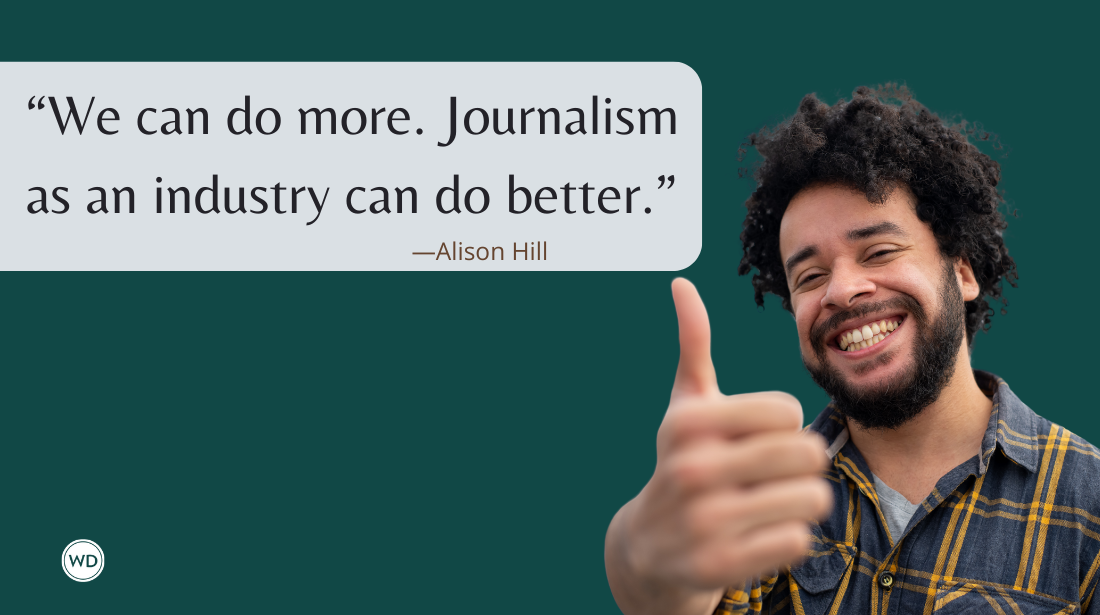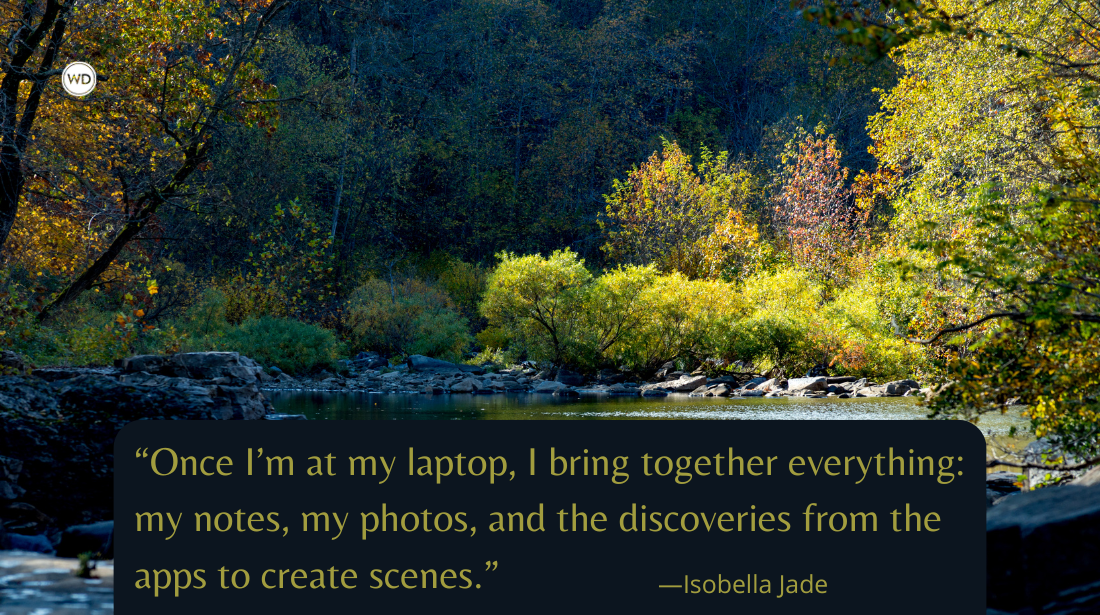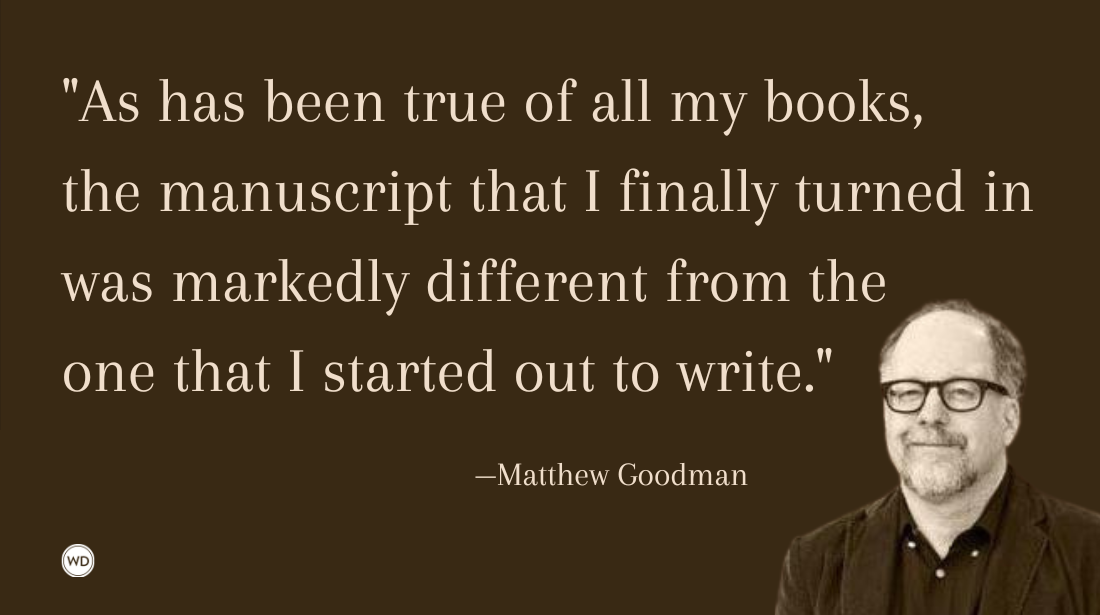Breaking into Travel Writing: The 5 Elements of Writing Travel Articles
Want to write travel articles but aren’t sure of the basic structure? Here are the 5 elements your articles need to find success.
If you want to break into travel writing, either as a full-time travel writer or as a freelance writer, you'll need to know how to write a travel article. Today's writing tip comes from Travel Writing by L. Peat O'Neil and explains the structure of a travel article.
Knowing the basic structure of a travel article is important. After you know what is expected, you can bend the rules, expanding or contracting length for anecdotes, digressing with a personal association, or experimenting with style. Though the structural outline noted below is a useful general guideline, remember that how a writer organizes the anecdotes, encounters, factual background, closeups, long shots, historical detail, flashbacks, etc. depends on personal choice and writing style.
Much depends on the expectations of the editor and the publication. A skilled writer weaves in crucial points early in the story: where, when, who, why, how, and what. Remember that a travel article, though classified as a feature, still uses many of the traditional elements of a news story.
IndieBound | Amazon
[WD uses affiliate links.]
Readers need to know where the story is based, who it concerns, how action unfolded, and so on. In a feature article, which includes travel and food articles, there’s some latitude for where answers to those essential questions are placed in the story, but the gist of the story still covers the news fundamentals: where, when, who, what, why, and how.
If you are new to travel writing, here is a checklist of the elements to be covered when writing an article. Remember, not every element needs to appear in the same order as this list, and some may be skipped (when, who, why), depending on story content or the editor’s inclination.
- Lead—snappy opening to attract reader interest
- Where—the place, grounding the reader in geography
- When—the season, grounding the reader in time, climate
- Who—introduce the writer, to identify with the reader
- Why—reason for the trip, the motive, draws the reader into the story
- How—the process of travel unfolding, framework and story line
- What—the story details, quotes from people in the place, anecdotes and facts
- End—wraps up the article, perhaps linking ending to lead








